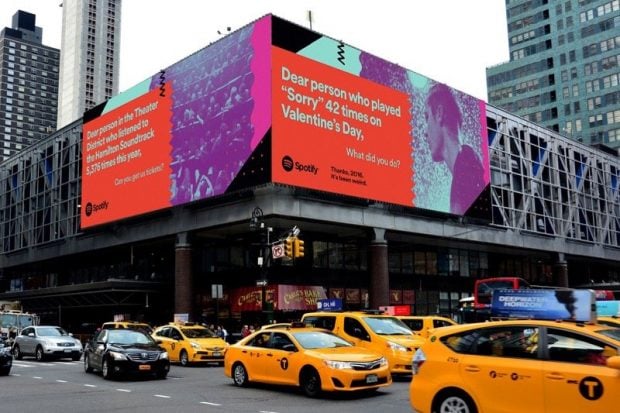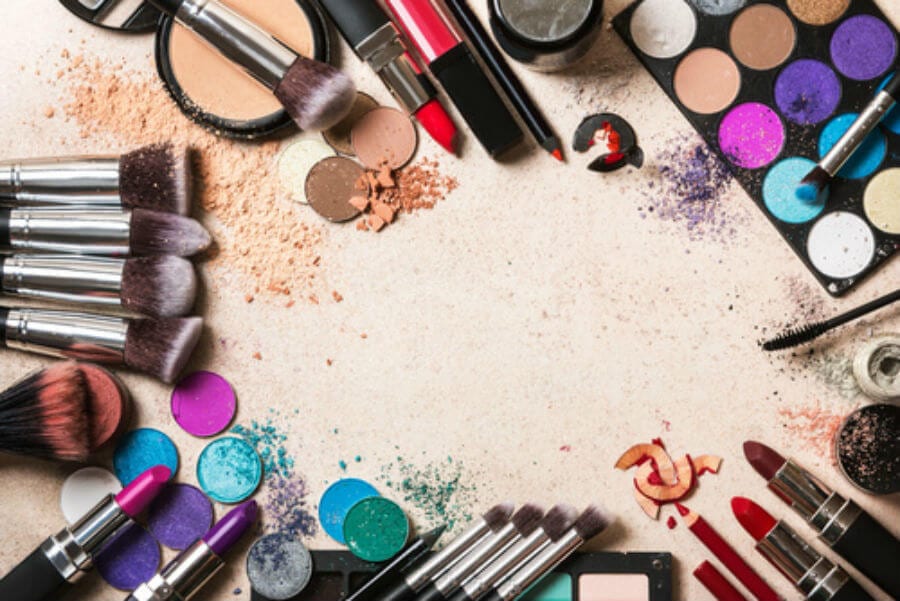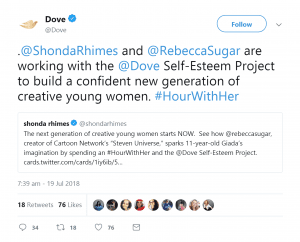Splash.
That’s the sound of the brands that push the envelope when it comes to social media advertising and marketing. While good campaigns deserve recognition, they likewise teach us a bit more about innovation and creativity in the digital world.
1. Spotify uses location data to create hyper-relevant adverts
Social media analytics tools can provide great viewers insights—telling you what your followers are excited about and what they’re looking for—making it simpler for you to curate and tailor content material to their liking.
Spotify took this concept to the next stage in their “Thanks 2016, it’s been weird,” social media campaign. The streaming service examined search information for specific locations and used those insights to create hyper-relevant and localized adverts.

The witty marketing campaign put particular members of Spotify’s viewers into the highlight.
What you can learn: Utilizing data in creative methods. While data is incredibly helpful for building a sound social media strategy—it may also be used to channel the interests and quirks of your followers. Catering to your viewers is one thing, however discovering a playful method to engage them is even better.
2. Dove lives up to its commitment and gives back to the community
Dove is a soap and personal care brand that’s been churning out remarkable social media content material for quite some time. Their campaigns promote body positivity, constructing self-esteem, and embracing “real beauty.” Dove has been praised for its groundbreaking messaging by the New York Times and others.
The Dove Real Beauty marketing campaign is now over a decade previous, so how does the brand keep relevant on social? With sticking to its commitment.
The #NoLikesNeeded marketing campaign is a part of The Dove Self-Esteem Project that helps fund self-esteem constructing workshops and leadership growth activities for young women. The marketing campaign also gives research and articles for teachers, parents, and youth leaders to help those affected by body issues all over the world.
What you can learn: When you talk the talk, do the walk. Encourage your viewers and show that you actually care by giving back in a method that matters to them.
3. Harry’s challenges masculinity through content marketing
Harry’s is a males’ shaving and grooming brand that sells online and in choose retailers. The brand takes a unique strategy to the personal grooming industry and has amped up its content marketing to match that strategy.
The personal care brand goals to make shaving a more relatable experience for everybody, and at redefining masculinity. Harry’s describes conventional understandings of masculinity as being physically strong, unemotional, and unable to ask for help.
Harry’s’ articles are educational in nature, like the detailed recommendation on lathering your face before a shave or utilizing a post-shave mist. However, unless you’re looking up YouTube tutorials or studying a lifestyle blog, articles like Respect the Technique: Pre-Shaving and How To Talk To Your Barber make Harry’s content material feel more intimate—such as the one sharing personal grooming tips.
And instead of positioning shaving as a male experience, Harry’s interviews all types of people who are utilizing its products—people like Angelica Ross, a trans person and activist in the LGBQT+ community.
What you can learn: Tell your brand story with thoughtful and compelling content material. In a study by Demand Metric, it shows that 70 percent of consumers feel closer to an organization as a result of compelling content material. We’ve seen success with this in Wealthsimple’s #InvestingForHumans marketing campaign.
4. Barbie appeals to millennials by becoming a “real life” influencer on Instagram
The world’s most famous doll is on social media similar to the rest of us.
Instead of promoting to its typical fanbase of parents, children, and collectors by commercials and magazines, Barbie uses Instagram to cater specifically to the millennial parent. Mattel, the makers of Barbie, have been upfront with their new advertising strategy of focusing on millennials.
Mattel researchers have found that millennials want to give their children toys that have purpose and meaning—and that’s reflected in Barbie’s social media presence. Through carefully crafted posts, Barbie discusses body positivity, marriage equality, female empowerment, and other subjects millennials are engaged with. Barbie’s feed even options doll versions of popular social influencers.
All photos on Instagram are shot to scale to position Barbie in the real-world. With this setup, Barbie turns into a true Instagram influencer that enjoys arts and tradition, is up-to-date in real-world occasions, even rubbing elbows with VIPs.
What you can learn: Arts, tradition, and socially-conscious content material appeal to millennials in a giant method. That is just one of the steps the Barbie brand has taken to evolve over the years. By tailoring content material to the millennial shopper, Barbie opens itself up to a new target audience that makes up 76.6 millions users on social media.
5. Shiseido shares extremely short, attractive videos on Instagram
Shiseido is a Japanese beauty firm that sells high-quality skincare and make-up. The beauty firm describes itself as “improving innovation while respecting Japanese beauty principles of the past.”
Shiseido lives up to this description. The makeup brand options stunning high-quality images of its merchandise in its Instagram feed. Such as pots of eyeshadow next to hand-drawn illustrations—giving its feed a distinctly cool look.
https://www.instagram.com/p/BmUg6TggMLg/?utm_source=ig_web_copy_link
Shiseido stands out from the crowd by mixing both static photos and really short videos on its feed—we’re talking 5 seconds max. These brief videos show a small movement, like a finger dipping into a pot of face cream. Or a simple visual effect, similar to multiple shades of lipstick glistening.
https://www.instagram.com/p/BmLjKquAg7p/?utm_source=ig_web_copy_link
They’re brief however satisfying.
What you can learn: Try brief videos with simple visual results to maintain things interesting. Just because you have 60s, it doesn’t mean you have to make a 60-second long video. Like Shiseido, you can do a curious closeup or a 5-second scintillating visual impact that makes a product pop. Short videos add selection, however, still, stand out in a feed of static photos.


